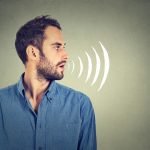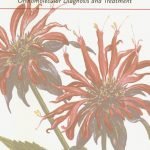“The Natural Approach to Opthalmology and Otolarygology”
Stacie Deyglio, ND
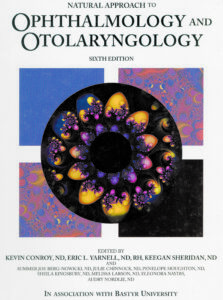 “The Natural Approach to Opthalmology and Otolarygology” (6th edition) is a multi-authored compilation of naturopathic therapeutics as related to the conditions of the eyes, ear, nose and throat. By adopting an alternative set of guidelines inherent to the naturopathic principles, this book earmarks a remarkable distinction from the dominant allopathic medical book model and addresses the full power of natural medicine.
“The Natural Approach to Opthalmology and Otolarygology” (6th edition) is a multi-authored compilation of naturopathic therapeutics as related to the conditions of the eyes, ear, nose and throat. By adopting an alternative set of guidelines inherent to the naturopathic principles, this book earmarks a remarkable distinction from the dominant allopathic medical book model and addresses the full power of natural medicine.
Multiple aspects of this book integrate varying degrees of knowledge that may be valuable to any qualified healthcare practitioner. The multilayered, numerous editorial commitments to the book’s content knowledge has refined the text to ensure a scientific description for promoting the Vis Medicatrix Naturae, as addressed by specific condition. The introduction delves into the basic model of the naturopathic approach to “dis-ease,” cultivating the seven principles on which naturopathic medicine is founded. This includes a fairly new (2000) complementary interpretation of the first principle of naturopathic medicine created by Jared Zeff, ND, called the Therapeutic Hierarchy: “the causes of the disease process must first be removed, then general obstructions to the healing process removed and an environment of healing created, then the healing powers stimulated, then specific therapies for pathological process can be instituted, and only then should high force or suppressive interventions be considered” (p. xiiii).
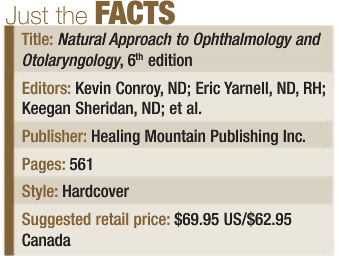 The comprehensive chapters of the text address clinical health conditions in a clear and definitive approach. Individual symptom pictures are described with a definition of clinical characteristics, a brief etiology and pathophysiology, a list of signs and symptoms, physical exam and labs, differential diagnosis, complications and referral guidelines, and treatments. Treatment protocol is subdivided into general measures, diet, nutritional supplementation, botanicals, homeopathy, physical medicine, common pharmacologics and pharmacological protocols. Each symptom picture description ends with a reference section.
The comprehensive chapters of the text address clinical health conditions in a clear and definitive approach. Individual symptom pictures are described with a definition of clinical characteristics, a brief etiology and pathophysiology, a list of signs and symptoms, physical exam and labs, differential diagnosis, complications and referral guidelines, and treatments. Treatment protocol is subdivided into general measures, diet, nutritional supplementation, botanicals, homeopathy, physical medicine, common pharmacologics and pharmacological protocols. Each symptom picture description ends with a reference section.
The last part of the text includes two valuable integrative components of natural medicine. A brief but concise botanical monograph chapter is included to highlight the safe and effective use of botanicals. A chapter on tongue diagnosis is included, as well, in an emphasis toward diagnosis and treatment of the entire person through the lens of a Traditional Chinese Medicine view: “During the classical EENT exam, the patient shows their tongue. At this point, a general idea of pathology may be gained with expertise in tongue diagnosis” (p. 536).
The text is a genuine tool for student, new graduate or seasoned professional and makes an excellent resource for any practitioner’s reference library.
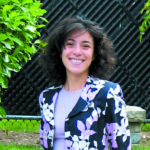 Stacie Deyglio, ND, received her baccalaureate degree in biology with a minor in chemistry from the College of Mt. St. Vincent in NY. Personal health issues paved her way to discover naturopathic medicine in 1999. Resonating with the philosophy and principles of naturopathic medicine, Deyglio graduated from the University of Bridgeport College of Naturopathic Medicine in 2003. As a medical student, she was actively involved in student government, fundraising and the generation of two successful student-run health fairs. Currently residing in Arizona, Deyglio is an avid bookworm who is actively creating her practice after a 3-year sabbatical taken to raise her son.
Stacie Deyglio, ND, received her baccalaureate degree in biology with a minor in chemistry from the College of Mt. St. Vincent in NY. Personal health issues paved her way to discover naturopathic medicine in 1999. Resonating with the philosophy and principles of naturopathic medicine, Deyglio graduated from the University of Bridgeport College of Naturopathic Medicine in 2003. As a medical student, she was actively involved in student government, fundraising and the generation of two successful student-run health fairs. Currently residing in Arizona, Deyglio is an avid bookworm who is actively creating her practice after a 3-year sabbatical taken to raise her son.





